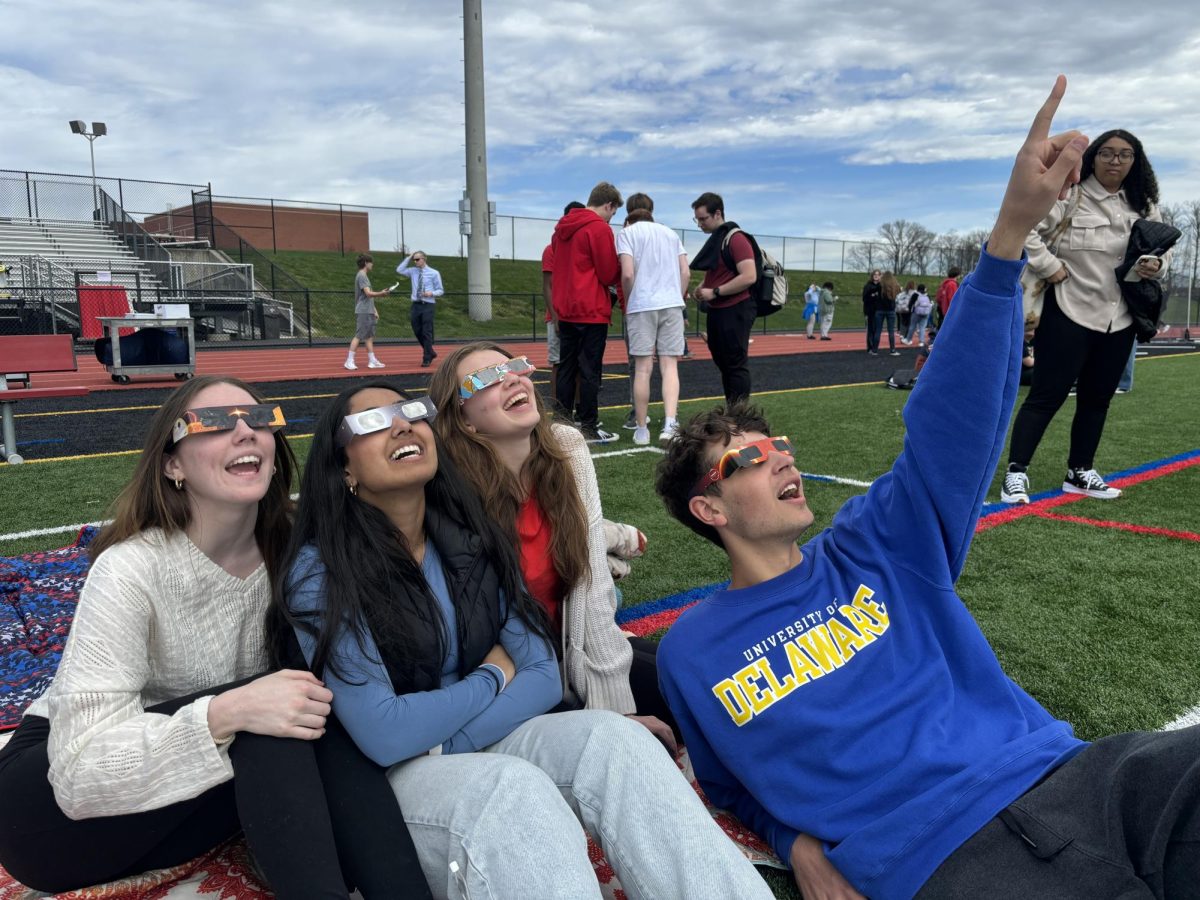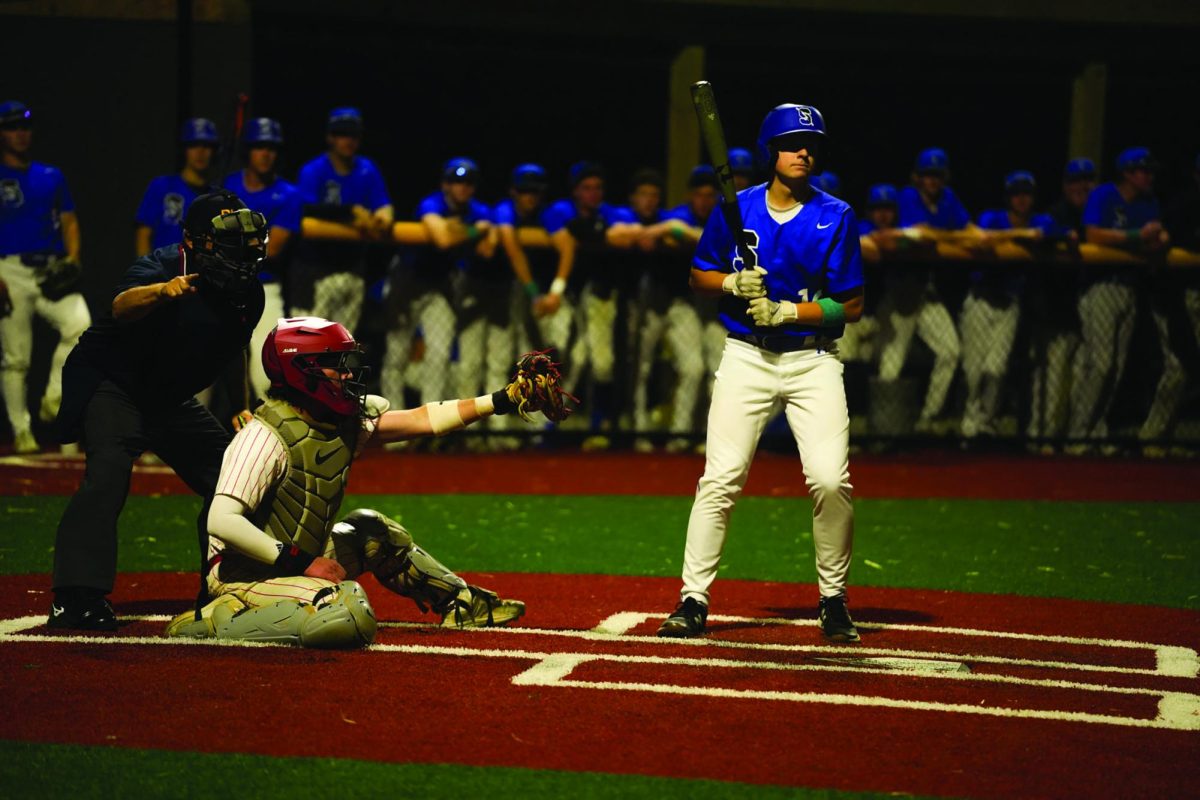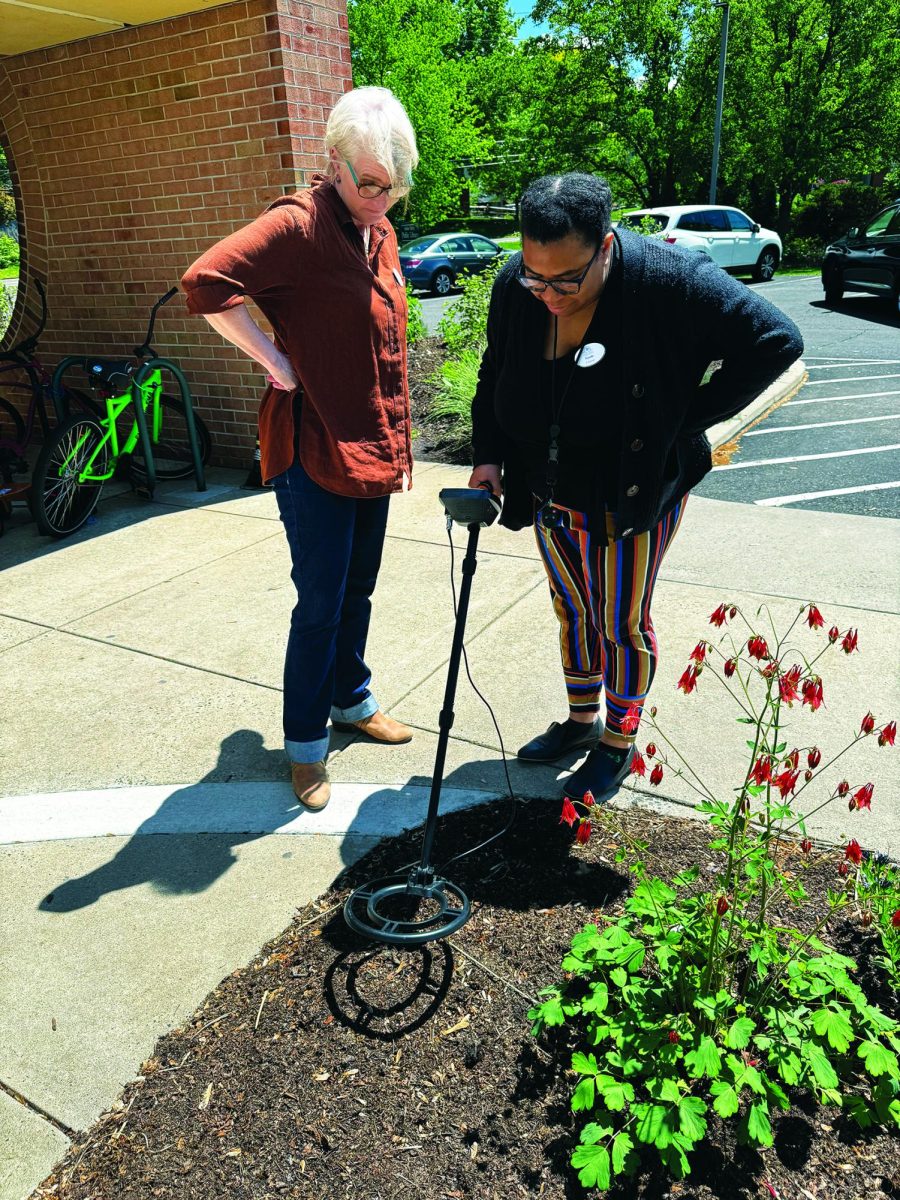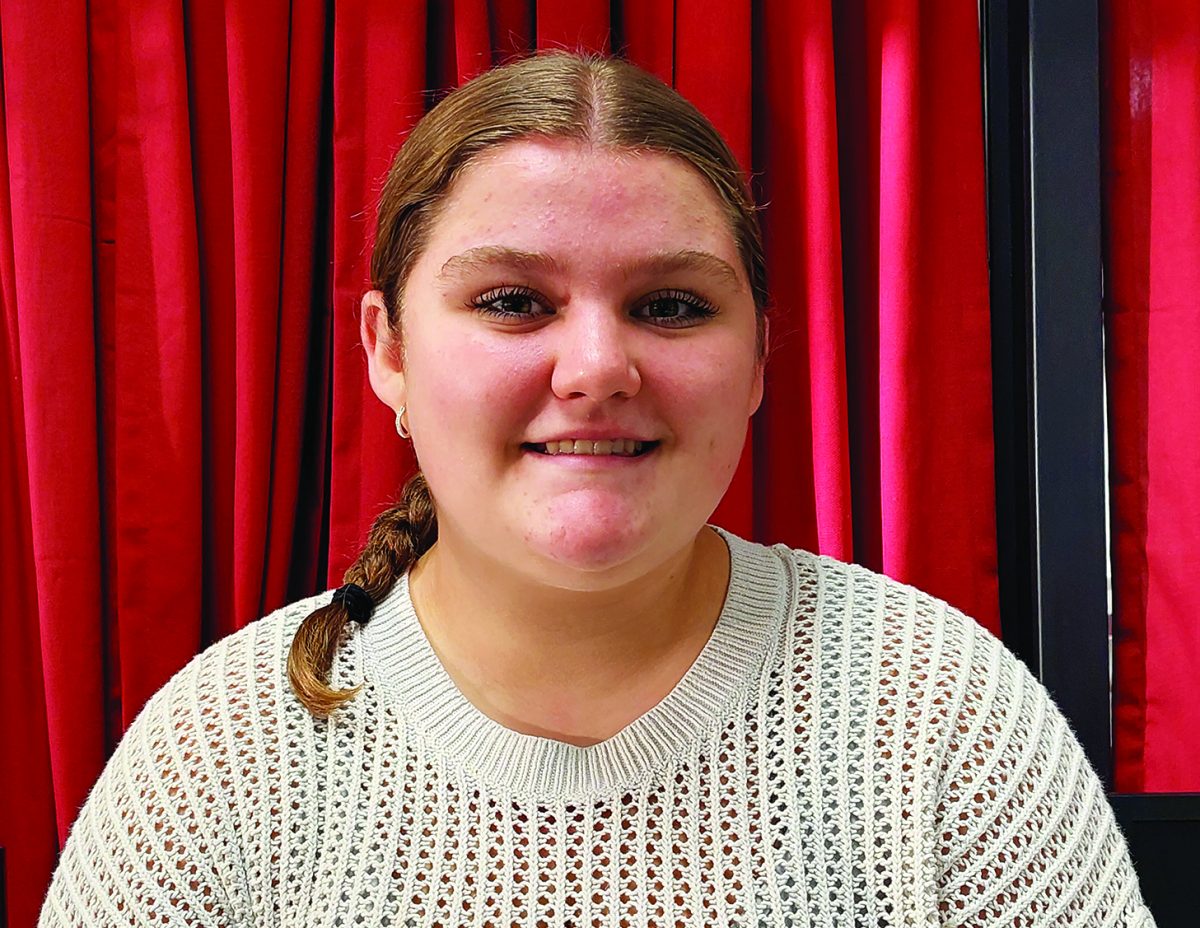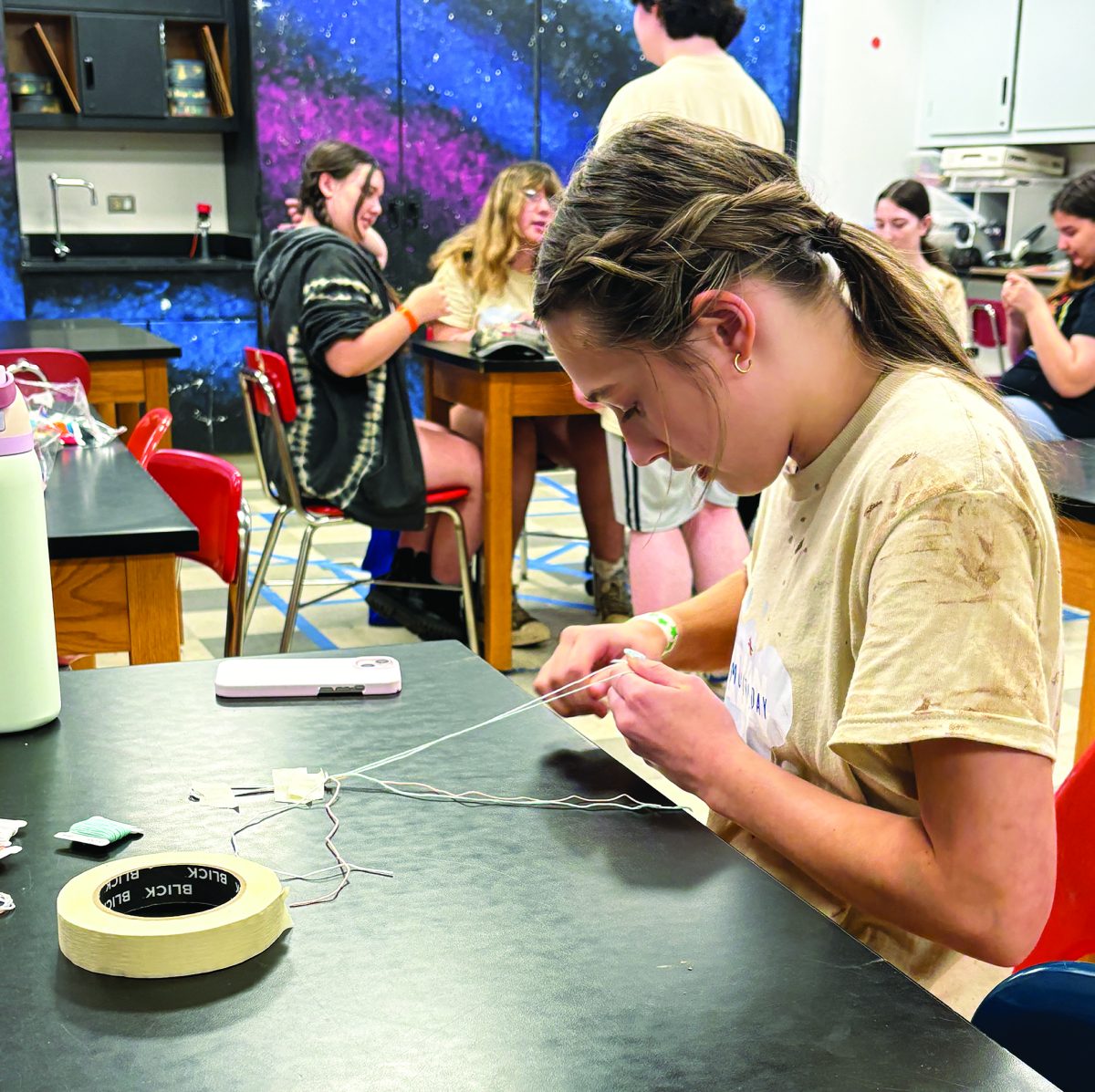In order for students to have the opportunity to view the partial solar eclipse, the science department and the Astronomy Club organized a school-wide viewing event from 2-3:30 p.m. on April 8.
According to science teacher Kristi Ansert, a solar eclipse occurs when the moon comes between the sun and the Earth.
“The moon [passes in front of the sun] about once a month but it’s usually a little above or below that perfect alignment. So multiple factors have to come into play for a perfect total eclipse to occur,” Ansert said.
Ansert said that the eclipse on April 8 is “extra special” due to the extra long path of totality. In the path of totality, the moon will briefly cover the sun completely.
According to Ansert, even though Souderton still had a partial eclipse, the path of totality was over more land than usual.
“[The path of totality] is pretty well spread over the country and usually these paths are over water or at a weird latitude that is difficult to get to, or they might just be a short path that is not very accessible,” Ansert said, “so the chances of a nice long path of totality passing over or near to your locality is fairly rare.”
The next time the path of totality will be over the United States will be 2045.
Due to the rareness of the experience, Astronomy Club advisor Patrick Murphy created an opportunity for students and teachers to observe the eclipse during the school day.
According to Murphy, enough solar eclipse glasses were donated to the school that he could open the opportunity to view the eclipse to many fourth block classes.
Murphy said about 1,100-1,200 people made their way out to the stadium to observe the eclipse.
There were also spikeball and cornhole games set up for people to participate in.
“I think it is a rare occurrence, I think it is a neat occurrence, and since it won’t happen over our country for another 21 years I think [it was] worth taking a second even if it’s not the most interesting thing to you,” Murphy said.
Murphy also saw the eclipse as a “momentous” example of how humans use math and science to predict and understand celestial events.
“We know precisely where the moon is at all times because we understand the physics of the moon, we understand the physics of light going from the sun to the moon,” Murphy said. “Thousands of years ago people freaked out because they thought the world was ending and now we look ahead and get little glasses to see [the eclipse] better.
The event was exciting and interesting for many students. Seniors Anna Stratton, Anya Patel and Bradley Evans all remembered the last eclipse that passed over the United States in 2017.
According to Patel, the 2024 eclipse was much more memorable.
“I didn’t really know what it meant [in 2017], but now that I’m older and we are all together doing this as a class, I just think [the eclipse] is so cool to look at,” Patel said.
Stratton and Evans said that the closer path of totality was “cool” to observe, even if the sky was cloudier than ideal.
Astronomy Club offers eclipse viewing opportunity
By organizing a solar eclipse viewing event from 2-3:30 p.m. on April 8, the science department and Astronomy Club were able to give over 1,000 students a chance to watch.
Awestruck…Observing the last total eclipse over the United States until 2045, (from left) seniors Allie Thatcher, Anya Patel, Anna Stratton and Ryan Ciuba admire the event on April 8.
0
More to Discover
About the Contributors
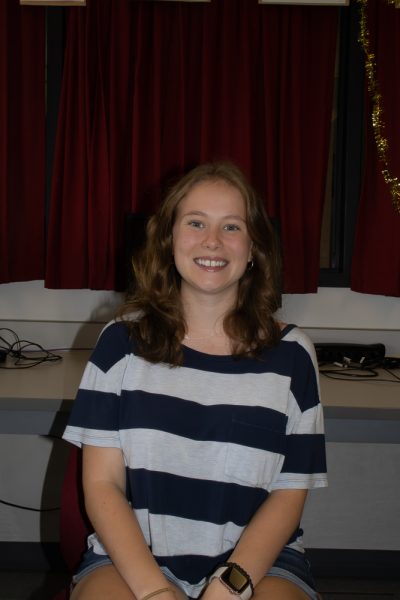
Melanie Vincent, Features Editor

Claudia Elwell, Co-Editor-In-Chief

